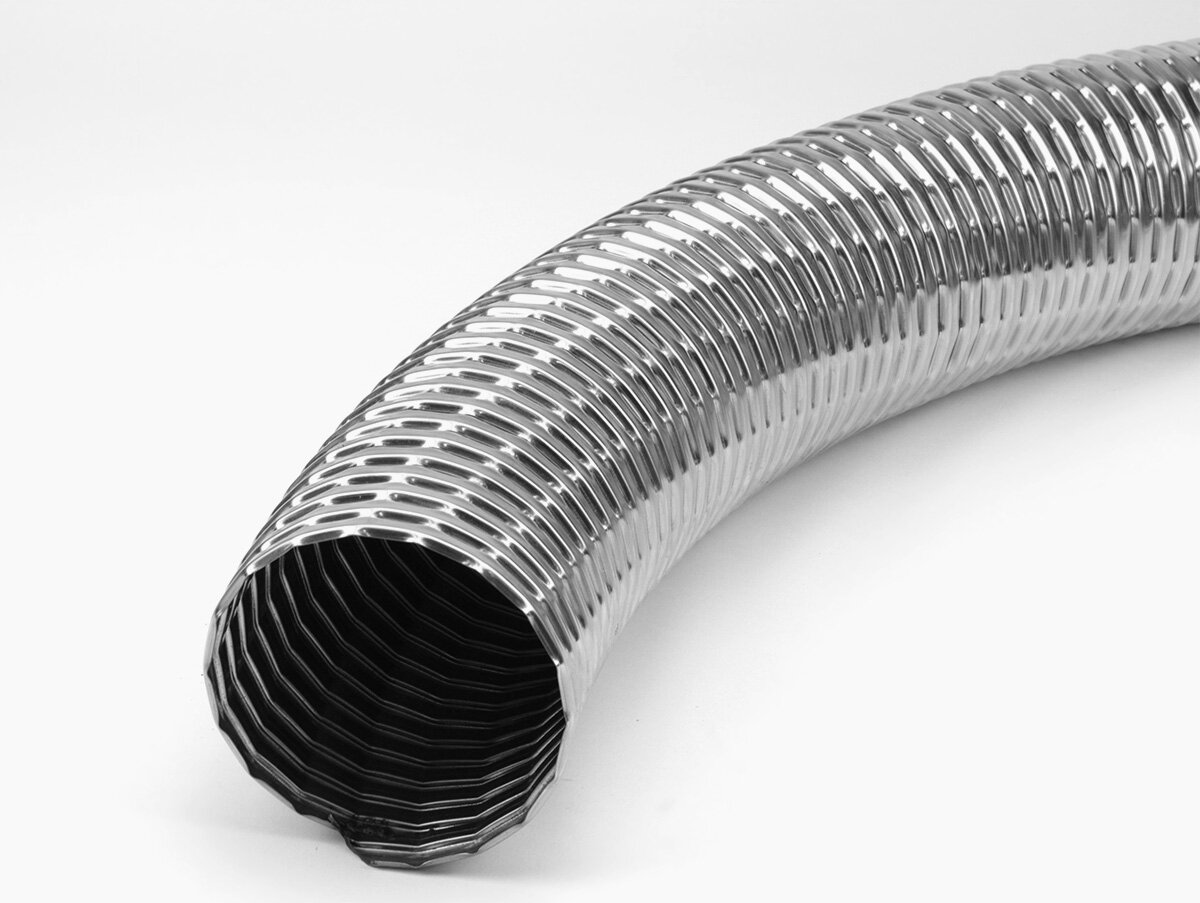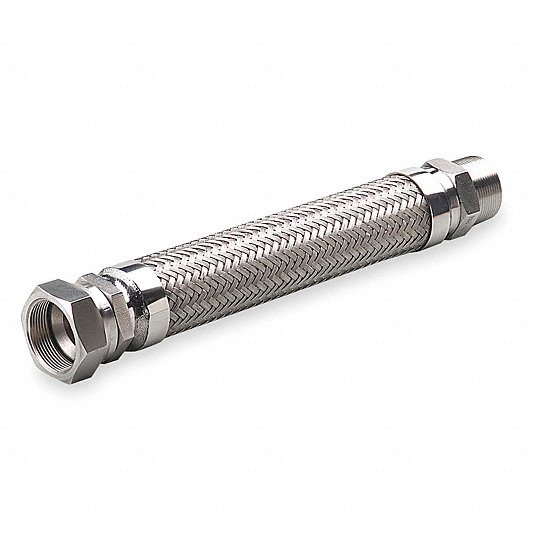A hose, also known as a tube, is a pipe used to carry fluids from one location to another. Although metal was commonly used to make hoses in the past, using a stainless-steel hose has become the preferred material for creating hoses because it’s safe, durable and easy to work with. This guide will help you understand the features that make stainless steel hoses one of the best options in hose production today.
Performance
Stainless steel hose fittings resist corrosion, a common problem with brass fittings. Brass fittings are not resistant to contact with certain chemicals, such as chlorine and salt water, which cause them to corrode. Stainless steel hose fittings are also more resistant against abrasion than other materials that can be used for fitting. Therefore, stainless steel is so popular in situations where hoses are rubbing together or meeting abrasive surfaces.
Design
Stainless steel has been used as an alternative to brass fittings because it is not affected by corrosion. The chromium in the metal prevents rust from forming, which causes the fittings to last longer. There are two types of stainless-steel hose fittings: 304 and 316. The only difference between them is the amount of chromium that is in the material. This makes 316 fittings more expensive but also more durable than their counterparts.
Installation
The stainless-steel hose fittings are installed by threading the male threads on one end of the fitting into the female threads on a corresponding piece. The best way to do this is by using two wrenches: one at each end. Tighten with your fingers, but don’t over-tighten. Overtightening can cause the fitting to strip or break.
Maintenance
Stainless steel can be quite durable, but it does require some maintenance. It is important not to use harsh chemicals on the metal, as this will damage the surface. When cleaning stainless steel fittings, use a mild soap or dish detergent and a soft cloth or sponge. Be sure to avoid scratching or chipping the surface.
Durability
Stainless steel is a durable metal that will last for years. It is also resistant to corrosion, making it a great material for fittings. This makes stainless steel hose fittings an attractive choice for many applications.
Customization Section: Appearance
Stainless steel hose fittings come in a variety of colours and finishes, so they can be coordinated with your other plumbing fixtures. They are also available in a range of sizes, so you should be able to find one that is the right size for your project. It is best to use stainless steel hose fittings with a gasket or sealant when joining two lengths of pipe together, as it will help prevent leaks.


